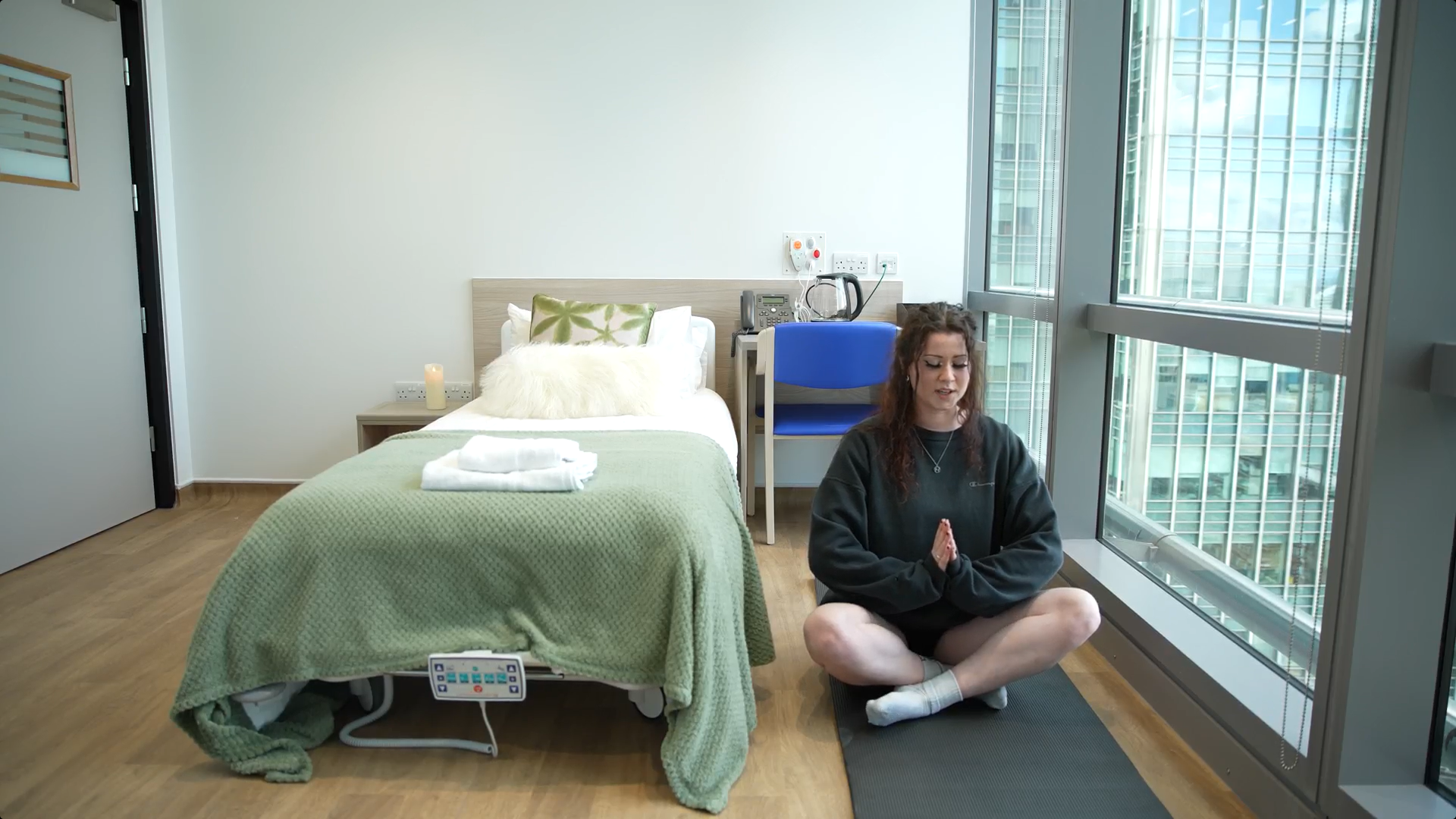If you decide to participate in a clinical trial, there are certain processes you need to go through before you can become involved. It starts with screening, which is used to determine whether you’re eligible for the trial. If you pass this process, you can then continue to enrolment. It’s important to understand the difference between screening and enrolment in clinical trials.
This article explores how these two work and why they are critical to the overall success of trials.
What is screening in clinical trials?
When researchers want to conduct a clinical trial, they first need to get approval. Once this is done, they can start the enrollment process. However, before the trial can get participants, the researchers must first screen potential candidates.
This process involves two different phases. In the first step, the researchers conduct interviews or ask applicants to complete an online form. This is the qualifying stage where the staff involved in the clinical trial can see who may be eligible for the study. The next step is to carry out a proper screening on the shortlisted patients, which is a much more detailed way of determining who should go forward to the next stage of the trial.
What happens during clinical trial screening?
Screening starts when you show interest in becoming a participant in a specific study. The pre-screening process is carried out first. The staff at the facility where the trial will be conducted may ask you to visit their website and complete a form. Alternatively, one of the researchers may give you a call and interview you by telephone.
If you qualify for pre-screening, you’ll go through to the screening process. You can expect to speak to a healthcare provider, who will review your medical history and conduct a physical exam. The process is straightforward though.
There are some cases where laboratory tests are also required. You’ll be told about this before you go for the screening process. During this process, the researchers ensure that only the right participants move forward to enrolment.
What is patient enrolment in clinical trials?
Patient enrolment happens after you’ve qualified for pre-screening and screening. It means that you’re eligible to participate in the study.
The process begins with informed consent. Now that you’re an eligible individual, the researchers will give you a comprehensive overview of what the study is about, including documentation that outlines the drugs they will use and the current knowledge of any potential side effects. To continue, you must provide informed consent. This ensures that you fully understand what you’re signing up for, including the risks.
Key differences between clinical trial enrolment and screening
It’s important that you have a good understanding of the differences between enrolment and screening in clinical trials. In this section, we’ll explore the key ways that they differ based on specific functions and categories.
The purpose
The purpose of screening is to look for patients who are eligible for the clinical trial based on a set of criteria developed by the researchers. It also helps the researchers understand the health status of those who are interested in participating. Enrolment, on the other hand, has the purpose of allowing those who passed the screening procedure to start their involvement in the trial.
The timing
The timing of the two is also a key difference. Screening must take place before any patient can actually participate in the study. Enrolment happens after screening, but only if you pass all the criteria and checks that the researchers have done.
Commitment levels
At the time of screening, you’re not committed to the study yet. You’ll still need to undergo a physical exam and perhaps even laboratory tests. You can withdraw at this stage of the process as you haven’t started to take any drugs as part of the trial yet. However, the commitment level changes with enrolment, as you’ve now started to undergo treatment and you’re actively involved.
Documentation and consent
You’ll need to sign some forms when you undergo the screening process. However, you don’t give consent at this point because you’re not part of the study yet. With enrolment, you get more comprehensive documentation that provides a thorough overview of everything that will happen during the clinical trial. You must also provide informed consent before you can start participating.
Interaction with the study team
When you’re going through the screening process, you’ll see a healthcare provider who is involved in the clinical trial. You won’t actively interact with the team involved in the study. However, when you’re enrolled, you’ll be working and interacting with the researchers and scientists at the facility on a regular basis. You’ll need to report to the team how you’re feeling, if you have any symptoms, and details of side effects you are experiencing.
The role of screening and clinical trial enrolment in patient safety and trial success
When the screening and enrolment processes are followed carefully, it can contribute to both the success of the clinical trial and the safety of every patient.
The screening process looks for patients who are eligible based on detailed criteria that the scientists and researchers created beforehand. It also looks at your health and medical history. This helps to ensure that you don’t enter into a trial when medical conditions, medication or risk factors could put you in danger.
Enrolment involves informed consent, which helps to make sure that you’re properly educated. This also contributes to your safety. Additionally, the trial’s success relies on enrolment, as it allows people who are eligible to start receiving treatment based on what the clinical trial is researching.
You’ll be monitored consistently throughout the process and must report any side effects to the management staff, nurses or other team members who are active on-site.
What next?
Screening happens before enrolment and confirms whether you’re eligible to participate in a specific clinical trial. Once you’ve qualified, you have the final say as to whether or not you want to enrol. If you’d like to find out more about clinical trials enrolment, FluCamp can help. Get in touch to learn more about FluCamp and to find out about upcoming studies.
















